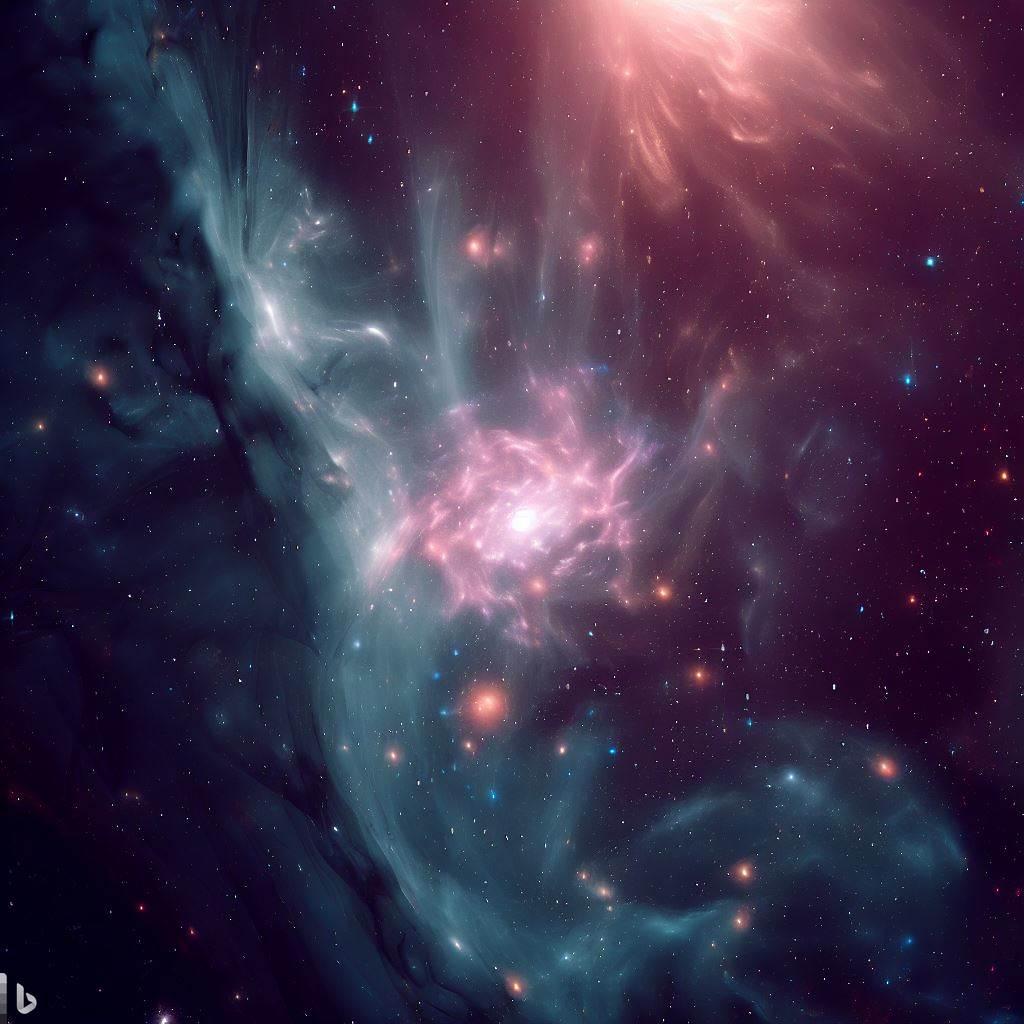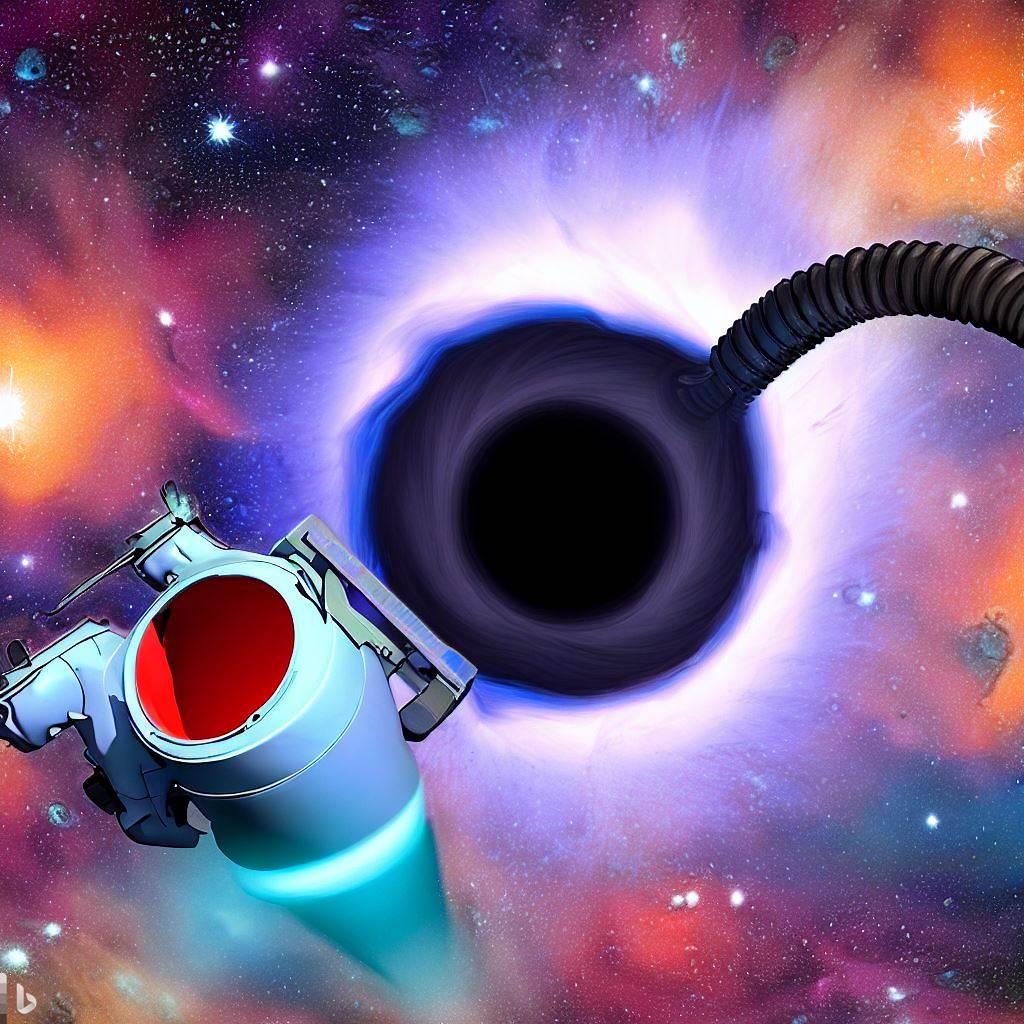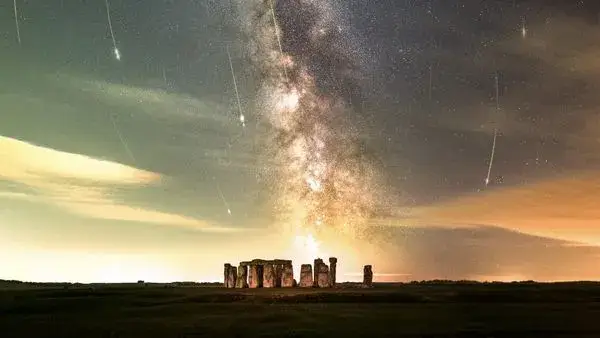Introduction
Black holes are among the most mysterious and fascinating objects in the universe. Their gravity is so powerful that nothing, not even light, can escape their grasp. The most enormous of these cosmic giants, known as supermassive black holes, can weigh millions to billions of times the mass of the Sun. These massive entities typically reside at the centers of galaxies, including our own Milky Way, which harbors a supermassive black hole at its core.
The Origin of Supermassive Black Holes
But how do these supermassive black holes become so massive? To answer this question, our team of astrophysicists embarked on a journey through the universe's 13.8 billion-year history. We aimed to track the growth of supermassive black holes from their early beginnings to the present day.
We constructed a comprehensive model detailing the growth history of supermassive black holes over the past 12 billion years. This model reveals the mechanisms that drive their growth and how these processes have evolved over cosmic time.

The Growth of Supermassive Black Holes
Supermassive black holes primarily grow through two mechanisms: accretion and mergers.
Accretion: The first and most common method is by consuming gas from their host galaxies, a process known as accretion. As gas falls into the black hole, it heats up to extreme temperatures, emitting strong X-rays—a type of high-energy light that is invisible to the naked eye. You may be familiar with X-rays from visits to the dentist, where they are used to examine teeth. However, the X-rays emitted by accreting black holes generally have lower energies than medical X-rays.
One might wonder how light, even X-rays, can escape the intense gravitational pull of black holes. The answer lies in the fact that the light isn't coming from within the black hole itself. Instead, it originates from the hot gas surrounding the black hole, just before it crosses the event horizon. The more gas a supermassive black hole consumes, the more X-rays it emits.

Measuring Black Hole Growth
Researchers team used this invaluable data to estimate how quickly supermassive black holes grow through gas consumption. On average, a supermassive black hole can consume enough gas to equal the mass of the Sun each year, although this rate can vary depending on several factors. For instance, the data reveals a strong correlation between a black hole's growth rate, averaged over millions of years, and the total mass of the stars in its host galaxy.
Merging Black Holes: A Cosmic Dance
In addition to feeding on gas, supermassive black holes can grow by merging with one another when galaxies collide. Supercomputer cosmological simulations have provided insights into the frequency of these events. These simulations, which model the universe's growth and evolution over time, depict galaxies as the building blocks of the cosmos. As these galaxies merge, so too do the supermassive black holes at their centers.
These simulations suggest that both galaxies and the supermassive black holes they contain have undergone multiple mergers throughout cosmic history.

Constructing a Growth History
By tracking these two growth channels—gas consumption and mergers—using X-ray data and supercomputer simulations, our team was able to construct an overall growth history of supermassive black holes. This model maps the growth of these colossal objects across the universe over billions of years.
Growth history revealed a fascinating trend: supermassive black holes grew much more rapidly billions of years ago, when the universe was still young. During this period, the universe was rich in gas, providing plenty of fuel for black holes to consume. As the universe aged, however, the available gas gradually diminished, leading to a slowdown in black hole growth. About 8 billion years ago, the number of supermassive black holes stabilized, with little significant increase since then.
The Future of Supermassive Black Holes
Today, with less gas available for accretion, the primary way for supermassive black holes to grow is through mergers. Growth history indicates that such events are relatively rare. On average, the most massive black holes can gain additional mass from mergers at a rate of up to the mass of the Sun every several decades.
Conclusion
The growth of supermassive black holes is a complex process driven by both accretion and mergers. These mechanisms have shaped the evolution of black holes over billions of years, with their most rapid growth occurring in the universe's early days. As we continue to study these enigmatic objects, future research will undoubtedly uncover even more about the role supermassive black holes play in the grand tapestry of the cosmos.









Add a Comment: